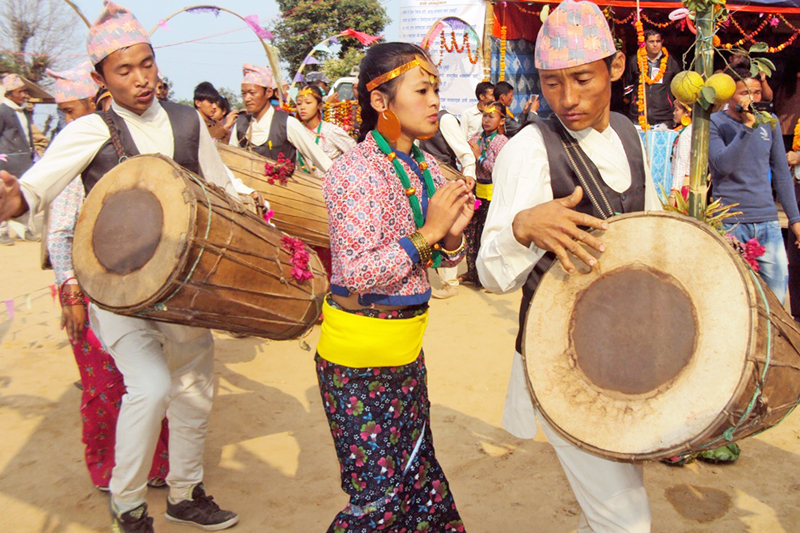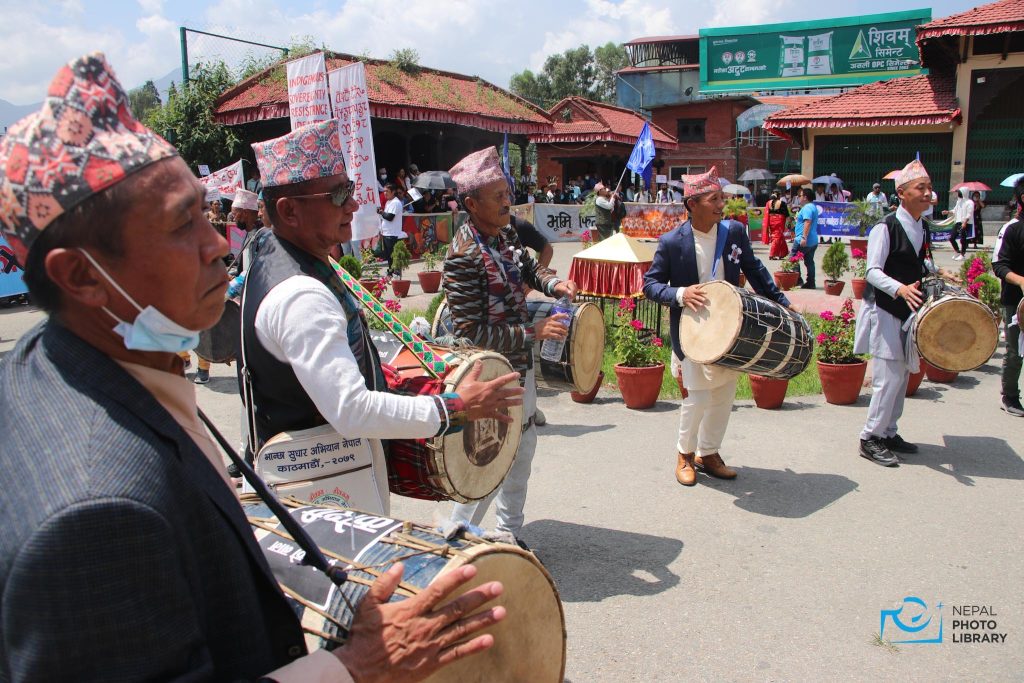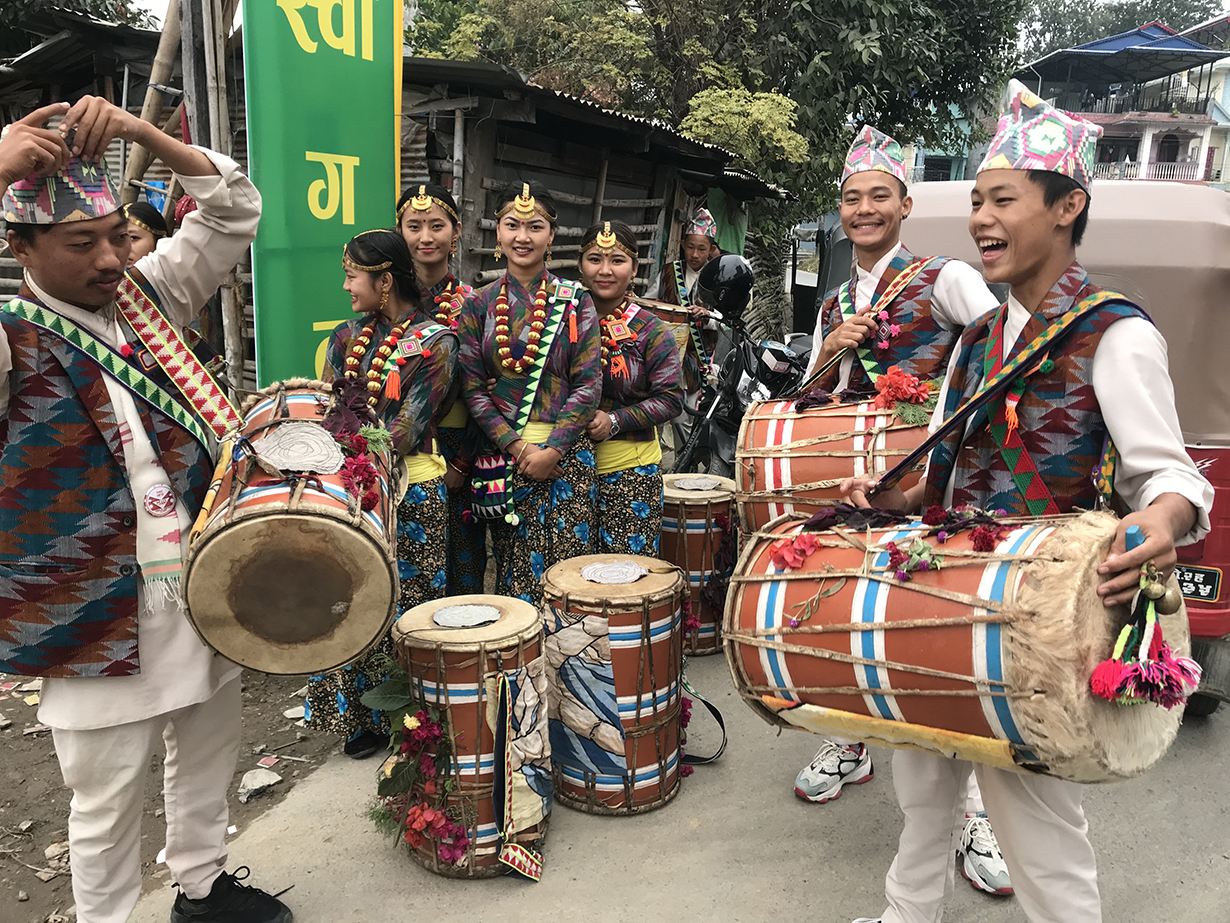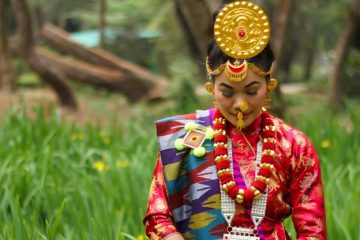According to the Yakthung Limbu Mundhum, a sacred scripture within the Limbu community, the story of Pajaingba, the son of Sodhungen Lepmuhang, is recounted as the one who constructed the very first dwelling for humankind. This abode, crafted from sturdy wood, served as a sanctuary for Pajaingba until the insidious invasion of termites began to plague its structure over time. The relentless assault of these destructive insects spread throughout the house, infiltrating every corner, especially the load-bearing pillars, which resisted all attempts at eradication by Pajaingba. As the relentless march of the termites persisted, the once solid walls showed signs of weakness, echoing the impending doom that threatened to crumble the very shelter that housed the first people. Desperate to thwart the imminent collapse, Pajaingba sought guidance from the wise elders of his community, who prescribed ancient remedies and rituals to combat the termite infestation and fortify the weakened structure. Despite his tireless efforts and unwavering determination, the battle against the tenacious termites seemed endless, casting a shadow of uncertainty over the future of the sacred abode and its inhabitants.

Faced with mounting frustration and a deep sense of desperation due to the relentless termite infestation menacing his cherished home, Pajaingba turned to his father, Sodhungen Lepmuhang, seeking wisdom and guidance. It was in this moment of need that Sodhungen Lepmuhang, with a father’s unwavering love and concern, suggested a unique solution to the pressing problem plaguing them. Encouraging his son to approach the enigmatic Namsani and obtain the mystical Ke(Chyabrung) from him, Sodhungen Lepmuhang held onto hope that this elusive remedy would bring relief. Understanding the gravity of the situation, Sodhungen Lepmuhang took proactive steps by dispatching the skilled Todenhang Phudenhang to accompany and support Pajaingba on this arduous yet vital mission, ensuring that every possible measure was taken to safeguard their home from the encroaching threat.

Following his father’s wise counsel, Pajaingba bravely approached the knowledgeable and kind-hearted Namsani. Upon hearing about the grave predicament, Namsani graciously bestowed upon Pajaingba the revered Ke (Chyabrung). Together with the supportive presence of Todenhang Phudenhang, they journeyed back to the distressed home, where the skilled expert initiated the sacred Ke Lang (Chyabrung Dance) ritual encircling the central pillar. The rhythmic movements and alluring melodies emanating from the dance filled the atmosphere with vibrant energy. Slowly but surely, the persistent termites that had infested the dwelling for an extended period started to recede, their hold weakening as they dropped off the pillars one by one. The transformative power of the dance, combined with the harmonious sounds, worked marvels, bringing hope and renewal to the once-troubled household.

In this way, the tradition of performing the Ke Lang (Chabrung Dance) during the inauguration of a new house was established. The Yakthung Limbu community continues to uphold the belief that owning a Ke (Chabrung) symbolizes safety and durability for their homes. This practice is deeply ingrained in their culture and serves as a source of protection and longevity for their dwellings.




